With frame: cm. 113.5 x 95 x 7.5
Authentication: by the artist on photograph, 10/22/1975
Exhibitions: “The great signatures” (Turin, Magimawa Gallery, 1974)
Publications: Romano Gazzera, edited by L. Budigna and G. Mascherpa, Milan, Arti Grafiche Ricordi, 1965, n° 54, cat. No. 470
Provenance: Milan, Galerie Levi; Turin, Magimawa Gallery; Turin, private collection
He began painting at a very young age and, to comply with the wishes of his father, Minister of War, he graduated in literature and law. After practicing as a lawyer for a few years, he leaves it to dedicate himself definitively to his true vocation: painting.
The real impact with Paris occurred in 1925-26. The Louvre, the contemplation of the world's masterpieces of all time, the galleries of the "Left Bank", the neighborhoods dear to half of Europe's painting: Montparnasse, Pigalle, the hundred theories and new ideas that made Paris the hotbed of artists of all the world.
The next phase of his artistic life was born, therefore, under the banner of research, of other study trips, of wandering with an attentive and conscious spirit in the rooms of museums and galleries throughout Europe, to delve into the greats of the Renaissance but above all the Spanish artists, from El Greco to Velasquez and Goya.
In 1929 Gazzera was invited to the Palazzo delle Esposizioni in Rome, in 1931 and 1935 he participated in the I and II Quadrennial of National Art, also in Rome, and was present in various exhibitions at the Promotrice delle Belle Arti in Turin. In 1941 a solo show of his in Milan was so successful that it established him on a national level. This exhibition caused so much noise that the "Gazzera case" was born in opposition to the official painting of the "twentieth century" and the success was particularly due to the quality of his painting which continues, with a very current language, the great Italian tradition, creating a series of fairy tales, portraits, precious still lifes.
In 1943, a difficult year for the history of Italy, Gazzera exhibited at the IV Quadrennial in Rome, where his paintings, housed in the main hall, achieved even greater success than the one achieved two years earlier in Milan. In 1946 the large group of "monkeys in costume" was born, in 1949 it was the turn of the "oriental" characters and the "battles" who would become famous the following year at the Bucintoro in Venice in the first Antibiennale organized by Gazzera with Giorgio de Chirico.
From 1950 Gazzera's painting becomes clear, he abandons "emulsion painting" and uses exclusively "oleoresinous" painting and "mixed" painting, obtaining a thinner, brighter, more airy material. Thus the famous "giant flowers" were born following an intuition that materialized a few years earlier, during an aerial machine gun attack, which would give life to a completely new invention in the history of art and which would make Gazzera the leader of neo-classical painting. -floral. “During an air raid in the Valdinievole - says the artist - while I was crushed like a caterpillar in the grass, a purple field carnation a few centimeters from my nose appeared enormous, gigantic, and the people who were fleeing, in the distance, they became very small. …If I survive, I will paint flowers the size of trees and call them “giant flowers” and reduce humanity to the size of insects…”
After the exhibitions of 1957 and 1959 in New York and the itinerant ones across the United States and Canada in 1959/60, crowned by a consensus that will be repeated again with the 1973 exhibitions in New York and Beverly Hills, the fashion for gigantism launched da Gazzera since 1950, had such a consensus that it quickly spread throughout Europe and America. After the success of the American exhibitions, Gazzera's "giant flowers" were copied all over the world, reproduced on magazine covers, stamps, posters, fashion fabrics, television and cinema advertisements and theater sets and even appeared in certain works by Dalì, Magritte, de Chirico. And recently (2006) they inspired the work “Fallen Flower” by Oldenburg and Van Bruggen.
In pictorial production the "giant flowers" are later transformed into "flying flowers", enormous corollas suspended in the blue sky, which, taking into account the new spatial dimensions, become cosmic flowers and project current taste towards the future. Subsequently, Gazzera's flowers metaphysically take on human traits: the body is human, but there is a flower in place of the head; it is the trend of "talking flowers", where the flowers experience a dimension of human sensitivity: they rejoice and suffer like the men they represent.
Even in maturity there will be many trips to Paris, such as long periods of stay on the French Riviera, of which Gazzera will write "I love this blue of the sea that envelops everything" and in 1970, after having assimilated the impressionist and surrealist lessons, he began to paint a whole series of paintings about this mythological place.
Parallel to the neo-floral trend, other themes and periods can be recognized in Gazzera's art: the "open-air fruits", the enigmatic "military mannequins", the "large medals" abandoned on unreal spaces, the "vintage cars", “My French Riviera” and in the last romantic period “the lovers, the clouds and the brooms”. The portraits in blue and pink are no less successful: some of the most famous people pose for Gazzera, such as Pope Paul VI, Princess Caroline of Monaco, Chancellor Ludwig Erhard, Virginia Mondadori, Giacomo Matteotti and Pininfarina, the directors Renè Clair, Cesare Zavattini and Grigorij Chukraj, the philosopher Herbert Marcuse, the actors Danny Kaye, Paolo Stoppa.
In the autumn of 1975 the City of Turin organized an anthology in honor of Romano Gazzera in the Foyer of the Teatro Regio which received great acclaim. A success renewed in Ivrea, in the "Villa Luisa", in November 1976, in Biella, at the "Leonardo da Vinci Gallery", in 1977, in Cuneo in 1978 in the Church of San Francesco, in Basel in the "Art 9" hall in the autumn of the same year.
The most recent themes, and in particular "lovers, clouds and brooms", obtain unanimous praise from the public and critics in the museums of the Côte d'Azur: in 1979 at the "Musée du Bastion St. André" in Antibes and at the "Galerie des Peintres Européens” in Cannes, in 1980 at the “Chapelle de Sancta Maria de Olivo” in Beaulieu-Sur-Mer and at the “Chàteau-Musée de Notre-Dame des Fleurs” in Vence, in 1981 at the “Musée-Chàteau” in Saint-Paul -de-Vence and at the “Palais des Congrès” in Antibes and Juan-les Pins. A success which, in France, repeats that achieved in 1979 in the exhibition promoted by the City of Paris.
Also worth mentioning is the exhibition organized in Turin in 1980 by the Piedmont Region at “Palazzo Chiablese”, the 1982 exhibitions at the “Galleria Piemonte Artistico Culturale” in Turin and at the “Galleria Sant'Andrea” in Milan, the last prestigious solo exhibition of 1984 in the halls of Palazzo Graneri in Turin, set up by the Province of Turin in conjunction with the XV General States of the Municipalities of Europe.
On the first anniversary of his death, the Municipality of Ciriè, Gazzera's hometown, the Piedmont Region and the Province of Turin organized an anthological exhibition, followed by another anthological exhibition in Milan in 1987, curated by the Municipality of Milan and the Lombardy region. Other exhibitions in 1988 at the “Chapelle Musée de Saint-Elme” and at the “Cittadelle” of Villefranche-sur-Mer; in October 1988 at “Italia 2000” in Moscow; in 1989 at the “Museum of Fine Arts” in Volgograd (Russia) and, in the same year, at “Villa Ormond” in Sanremo.
In 1990, coinciding with the forty years of the "giant flowers" and the fortieth edition of the "Festival of Italian Song" in Sanremo, the painting "Camellia Serenade" is the emblem of the Festival.
In 1992, a solo show by Gazzera was hosted in the prestigious halls of the "Hotel Hermitage" in the Principality of Monaco. In 1995, on the tenth anniversary of his death, the Maestro was remembered in a large anthology at the Palazzina di Caccia in Stupinigi, organized by the Piedmont Region and in Ciriè, in the Palazzo d'Oria, on the initiative of the Municipality. In 1997, at the Municipality of the VI Arrondissement and at the same time at the “Musée de la Chasse et de la Nature” in Paris; in 1999, at the Natural Sciences Museum of Turin; in 2001 in Aix - en - Provence; in 2002 in New York - Jatvis Convention Center -; in 2003 in Paris - Carroussel du Louvre -; in 2005 in Ciriè - Palazzo d'Oria - the exhibitions achieved great success.
Alongside his pictorial work, Romano Gazzera has exercised an intense literary activity since 1945, as an art critic and essayist. He is the author, among other things, of two autobiographical novels, “A life for a flower” (1974, Bolaffi Editore, Presidenza del Consiglio Award) and “La rosa di Clarissa” (1990, Mediolanum Editori).
The painting is in very good condition.
For further information do not hesitate to contact us.


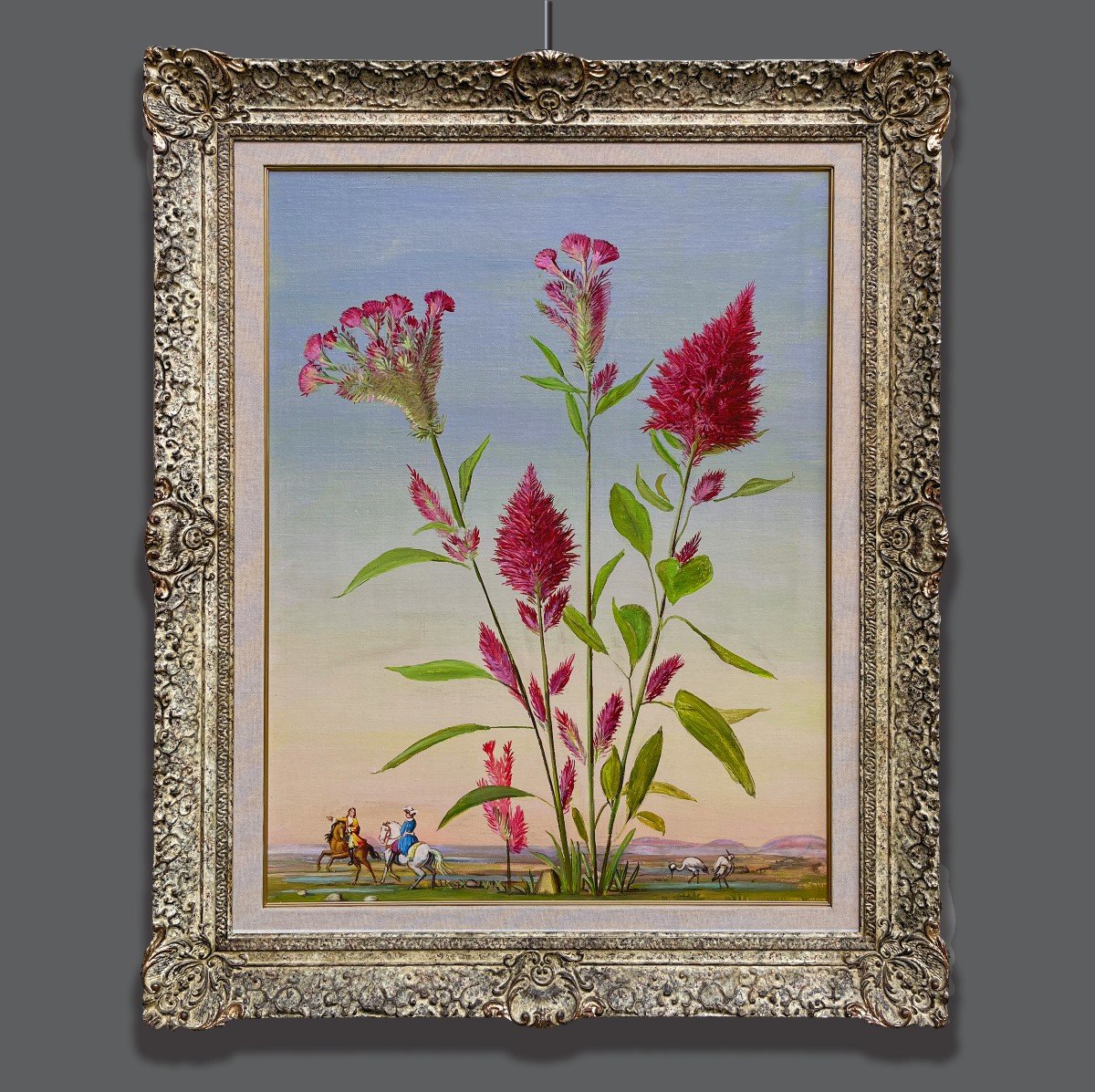
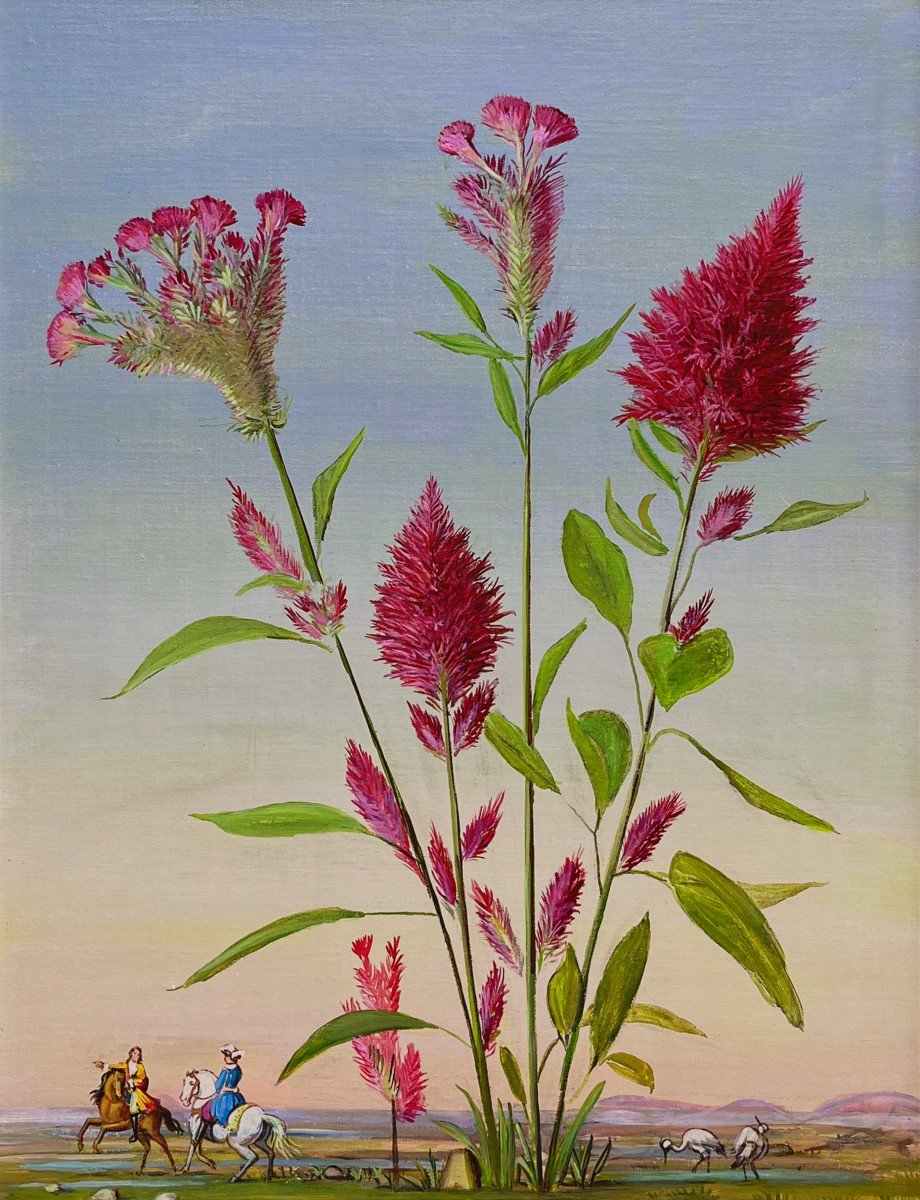
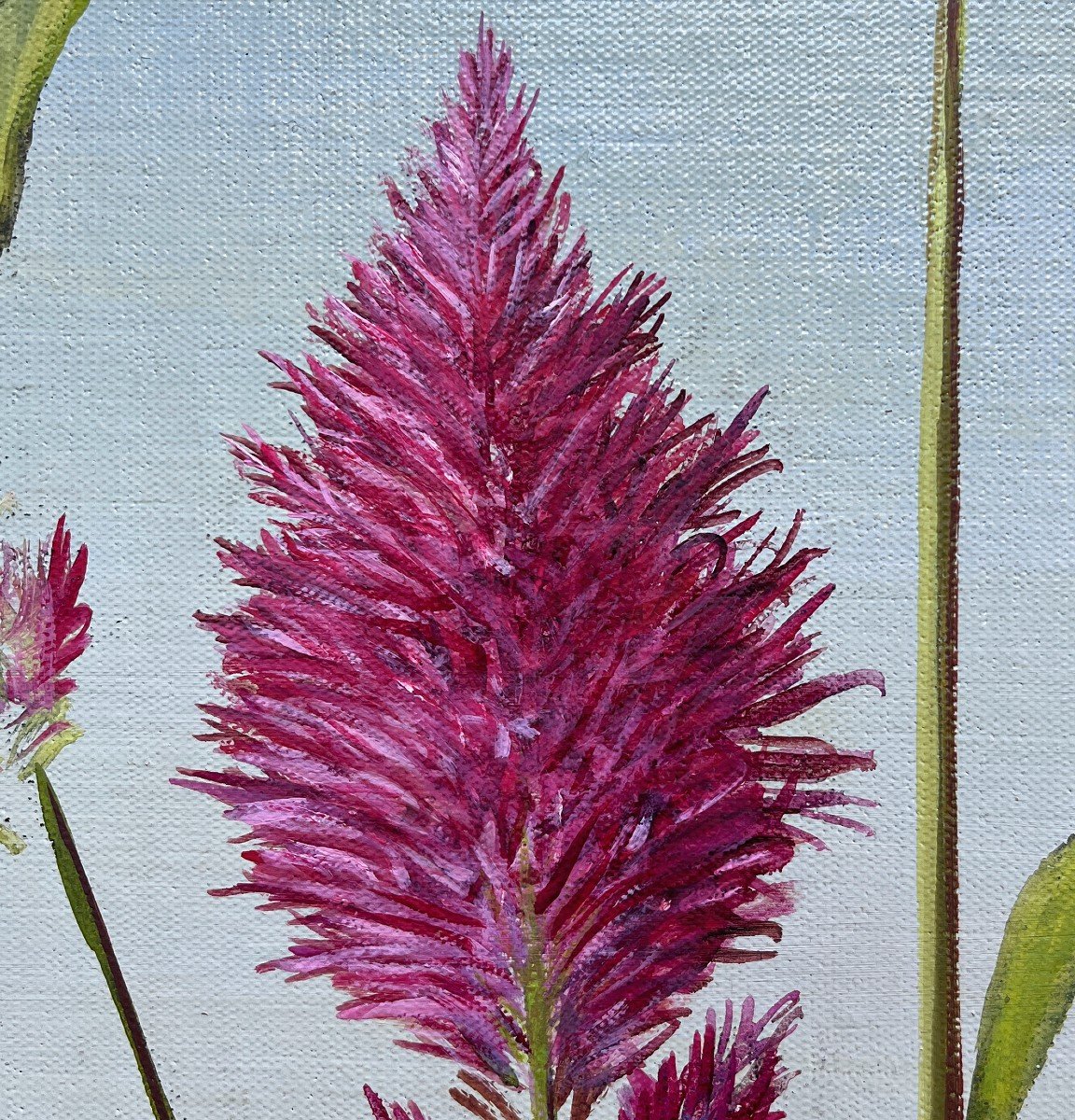

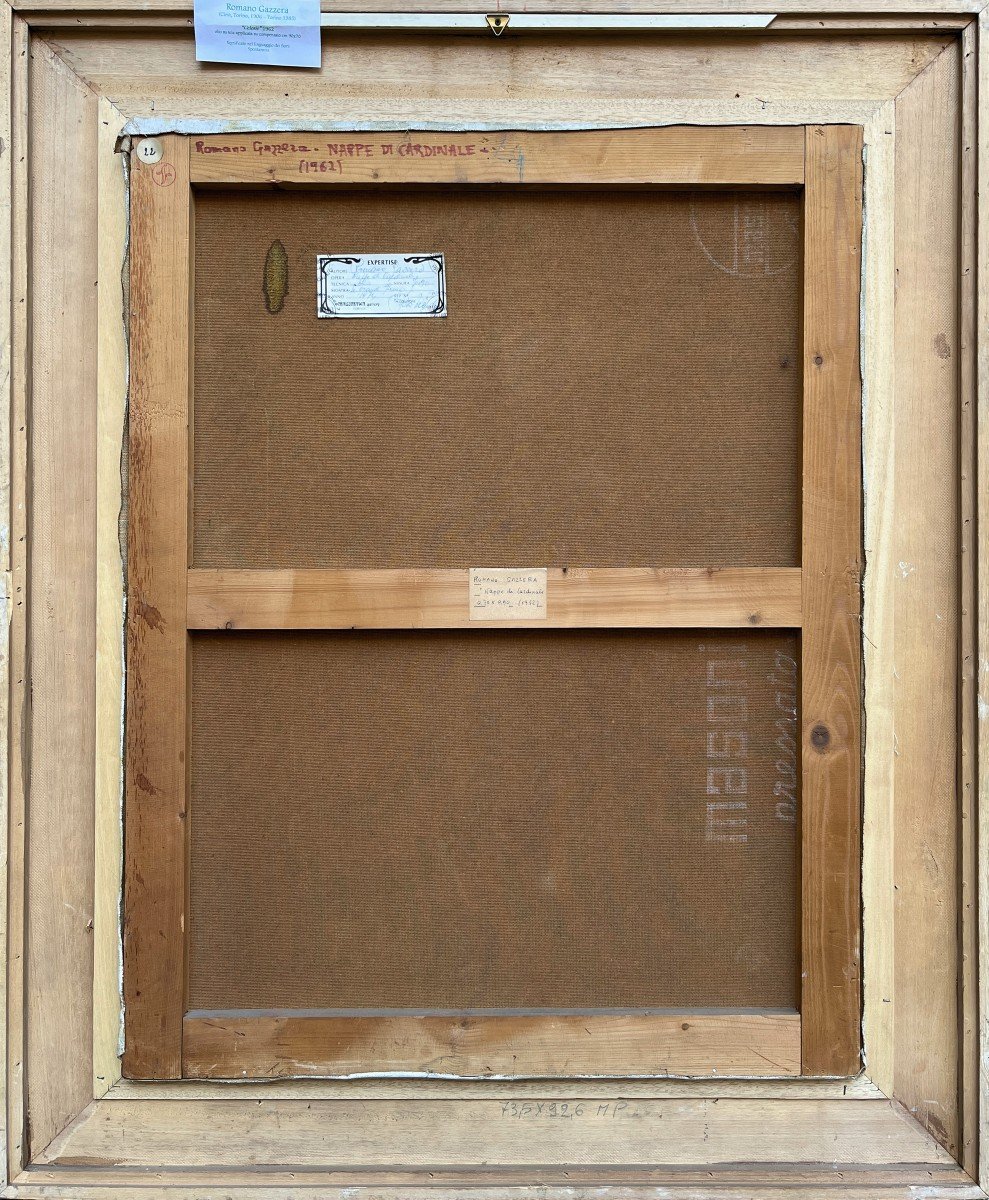

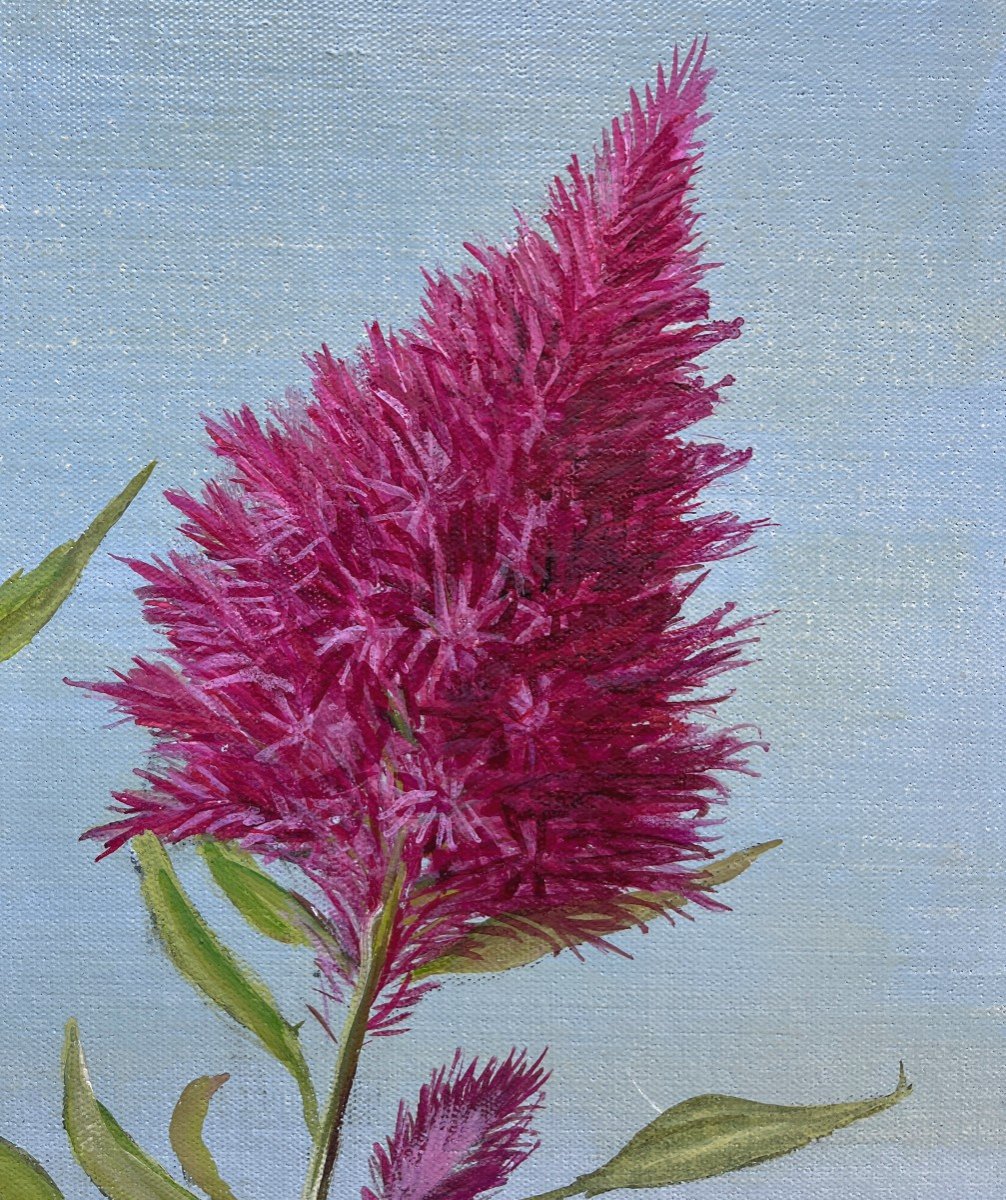


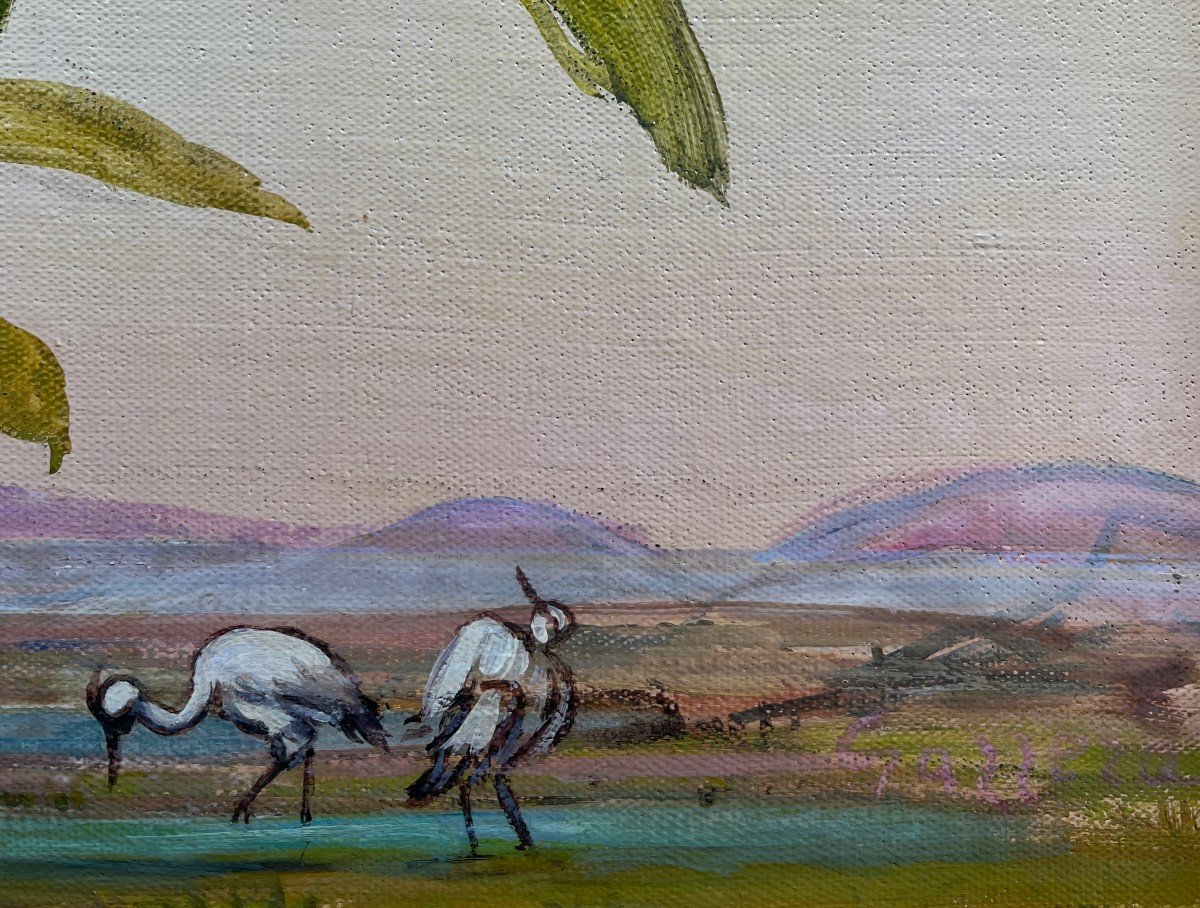

















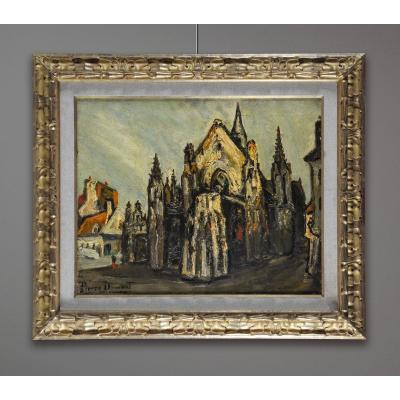
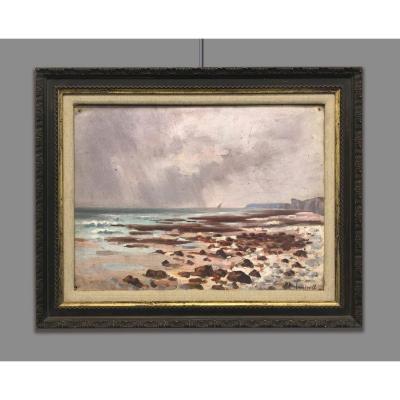



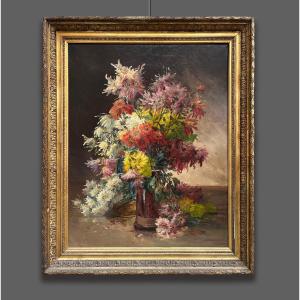




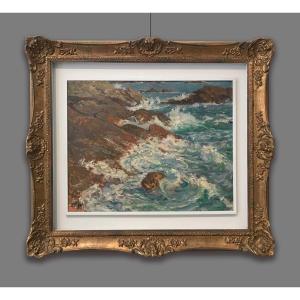
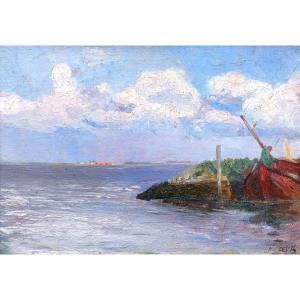







 Le Magazine de PROANTIC
Le Magazine de PROANTIC TRÉSORS Magazine
TRÉSORS Magazine Rivista Artiquariato
Rivista Artiquariato